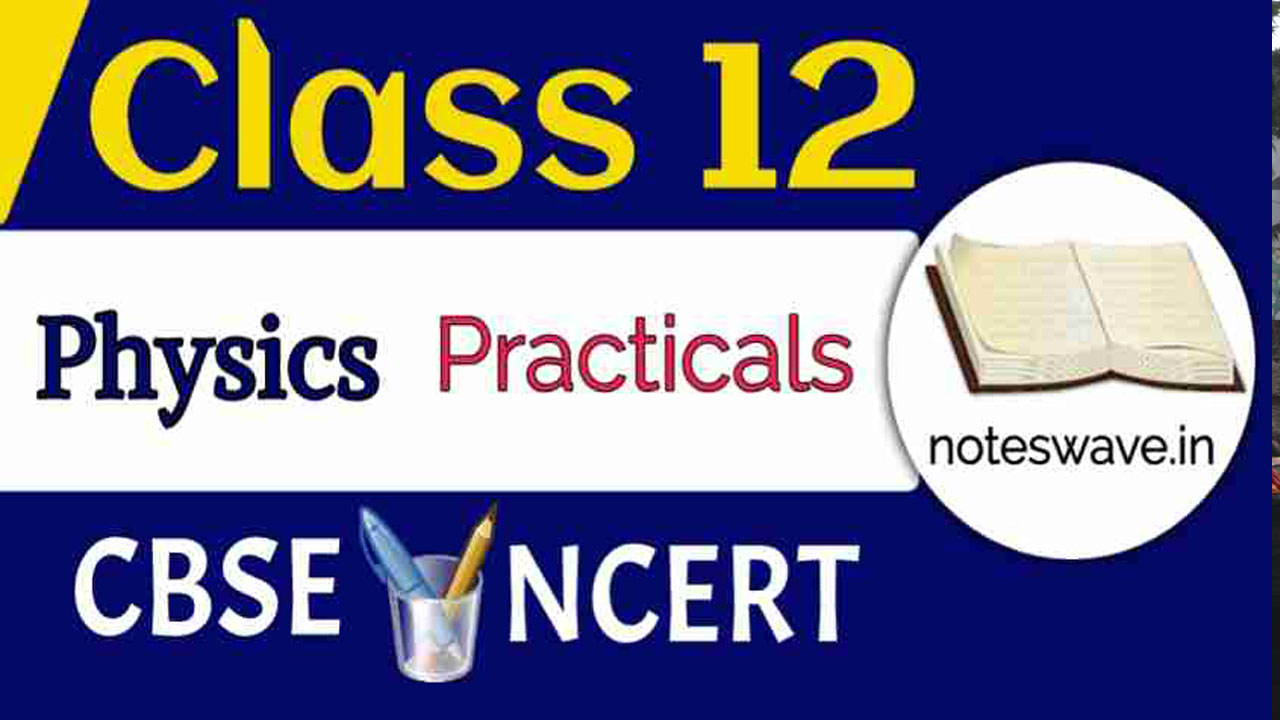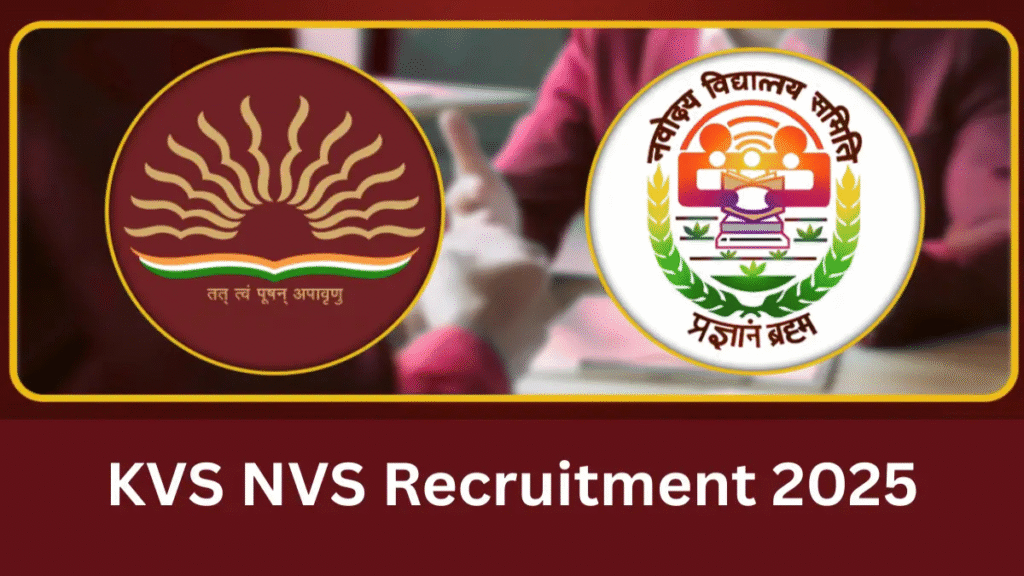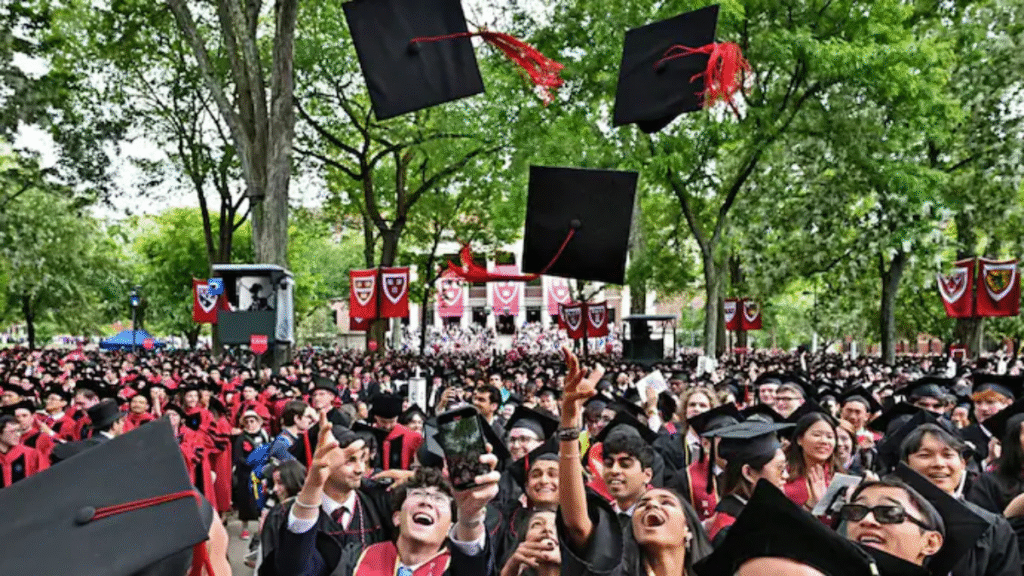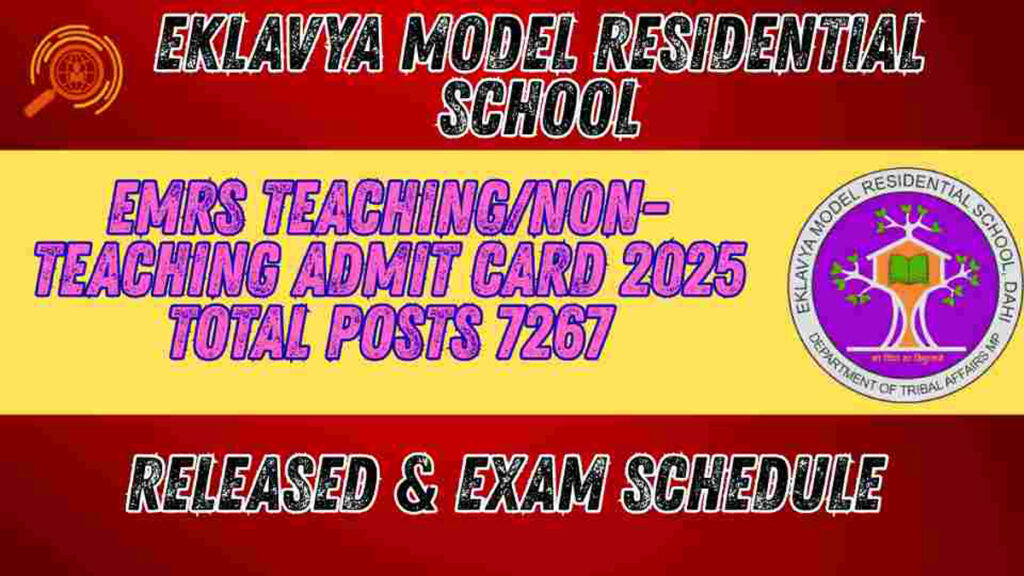Now Reading: CBSE Class 12 Physics Practical Syllabus 2025: A Comprehensive Guide
-
01
CBSE Class 12 Physics Practical Syllabus 2025: A Comprehensive Guide
CBSE Class 12 Physics Practical Syllabus 2025: A Comprehensive Guide

The Central Board of Secondary Education (CBSE) Class 12 Physics Practical examination plays a crucial role in evaluating a student’s understanding of physics concepts through hands-on experimentation. The practical syllabus is designed to complement the theoretical knowledge gained in the classroom, fostering a deeper understanding of scientific principles and developing essential laboratory skills. As students gear up for the 2025 board exams, it’s imperative to have a clear understanding of the practical syllabus, marking scheme, and effective preparation strategies. This article provides a detailed guide to the CBSE Class 12 Physics Practical Syllabus 2025, offering valuable insights and tips for students and educators.
Objectives of the Practical Examination
The CBSE Class 12 Physics Practical examination aims to:
- Reinforce the concepts learned in theory through practical application.
- Develop experimental skills, including observation, measurement, and data analysis.
- Inculcate scientific temper and a systematic approach to problem-solving.
- Promote teamwork and collaborative learning.
- Assess the student’s ability to record observations accurately and interpret results.
Syllabus Overview
The practical syllabus is divided into two sections, each containing a set of experiments and activities. Students are required to perform experiments from both sections during the practical examination. The syllabus covers a wide range of topics, including:
Section A
- Experiments:
- To determine the resistance per cm of a given wire by plotting a graph of potential difference versus current.
- To find the resistance of a given wire using a meter bridge and hence determine the specific resistance of its material.
- To verify the laws of combination (series) of resistances using a meter bridge.
- To verify the laws of combination (parallel) of resistances using a meter bridge.
- To compare the EMF of two given primary cells using a potentiometer.
- To determine the internal resistance of a given primary cell using a potentiometer.
- Activities:
- To measure the resistance and impedance of an inductor with or without iron core.
- To measure resistance, voltage (AC), and current (AC) of a series LCR circuit.
- To observe the resonance effect in a series LCR circuit.
- To measure the capacitance of a capacitor using an AC circuit.
Section B
- Experiments:
- To find the focal length of a concave mirror, using (i) distant object method, (ii) u-v method.
- To find the focal length of a convex lens by plotting graphs between u and v or between 1/u and 1/v.
- To find the focal length of a convex lens using a convex mirror.
- To find the refractive index of a liquid by using a convex lens and a plane mirror.
- To determine the angle of minimum deviation for a given prism by plotting a graph between angle of incidence and angle of deviation.
- To determine the refractive index of a glass slab using a traveling microscope.
- To find the refractive index of a liquid using a hollow prism.
- Activities:
- To identify a diode, an LED, a transistor, an IC, a resistor, and a capacitor from a mixed collection of such items.
- Use of multimeter to (i) identify base of transistor. (ii) distinguish between diodes and LEDs. (iii) check whether a given electronic component (diode, transistor, IC) is in working order.
- To observe polarization of light using two polaroids.
- To observe diffraction of light due to a thin slit.
Marking Scheme
The CBSE Class 12 Physics Practical examination is worth a total of 30 marks, distributed as follows:
- Two Experiments (one from each section): 7 Marks + 7 Marks = 14 Marks
- Practical Record (Experiments and Activities): 5 Marks
- One Activity from any section: 5 Marks
- Investigatory Project: 3 Marks
- Viva on experiments, activities, and project: 3 Marks
Key Components Explained:
- Experiments: Students are expected to perform two experiments, one from each section. This involves setting up the apparatus, taking observations, recording data, and calculating results. Accuracy in measurements and proper recording of data are essential.
- Practical Record: Maintaining a well-documented practical record is crucial. It should include the aim of the experiment, apparatus required, procedure followed, observations, calculations, results, and conclusions. Neatness and accuracy in recording observations are vital.
- Activity: An activity tests the student’s understanding of concepts through hands-on engagement, but with lesser emphasis on quantitative measurements than experiments.
- Investigatory Project: The investigatory project allows students to explore a topic of their interest related to physics. It involves research, experimentation, data collection, and presentation of findings in a systematic report. Originality and innovative ideas are appreciated.
- Viva Voce: The viva voce is an oral examination conducted by the examiner to assess the student’s understanding of the experiments, activities, and project. Students should be well-versed with the underlying principles and concepts.
Preparation Tips
- Regular Practice: Consistent practice is the key to success in practical examinations. Regularly perform experiments and activities in the laboratory.
- Understanding Concepts: Focus on understanding the underlying concepts and principles behind each experiment.
- Accurate Recording: Maintain a neat and accurate practical record. Ensure that all observations, calculations, and results are recorded systematically.
- Investigatory Project Selection: Choose a project that interests you and allows for meaningful exploration. Conduct thorough research and document your findings effectively.
- Viva Preparation: Prepare for the viva voce by reviewing the theory related to the experiments, activities, and project. Be confident and clear in your explanations.
- Time Management: During the examination, manage your time effectively. Allocate sufficient time for each experiment, activity, and project.
Conclusion
The CBSE Class 12 Physics Practical examination is an integral part of the curriculum, providing students with valuable hands-on experience and a deeper understanding of physics concepts. By understanding the syllabus, marking scheme, and preparation tips, students can confidently approach the practical examination and achieve success. Consistent practice, conceptual clarity, and meticulous recording of observations are crucial for excelling in this component of the board examination. Educators should also ensure that students have ample opportunities to perform experiments, engage in activities, and work on investigatory projects, fostering a practical and engaging learning environment.










